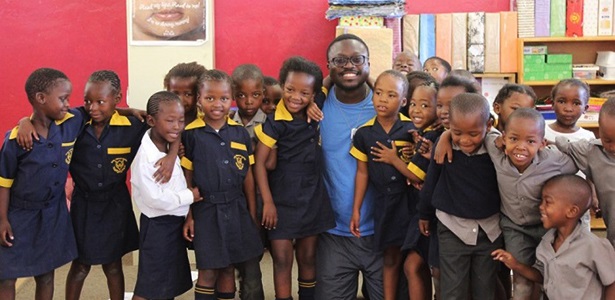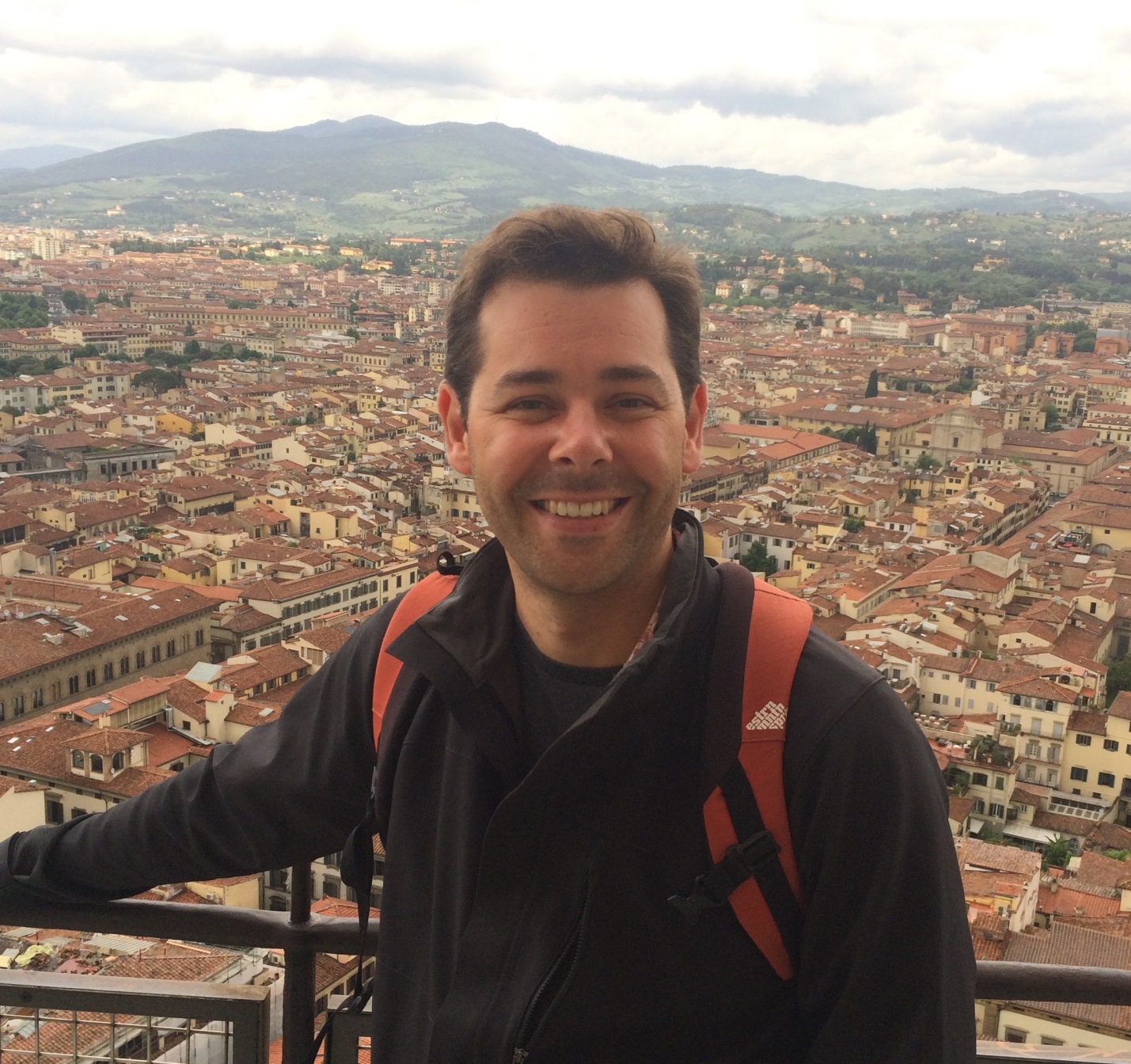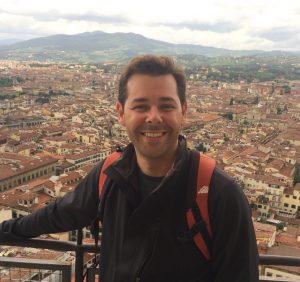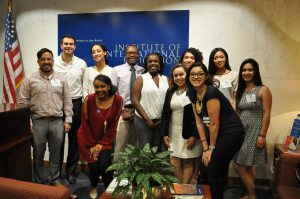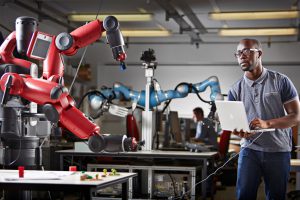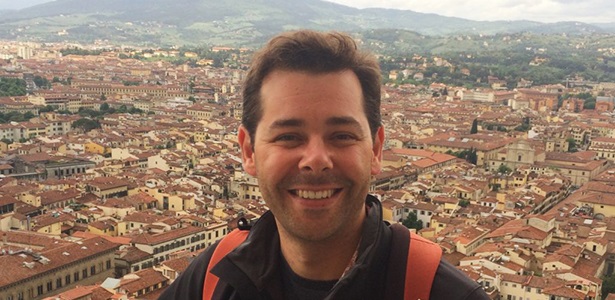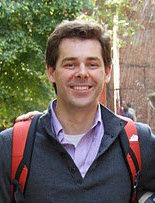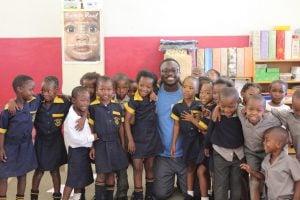
Mathieu S. Davis, 2013-2014, South Africa (center), with his Grade R class at Ikaya Primary School in the township of Kayamandi, just outside of Stellenbosch. Every Friday, he would meet with these children to teach them English and play games in collaboration with their classroom teacher. In return, they taught Mathieu Xhosa. Whether it was ‘1-2-3 Red Light’, ‘Duck-Duck-Goose’ or a chaotic game of football (soccer), a great time learning and playing together was had by all.
My Fulbright in Stellenbosch, South Africa, was divided into two primary areas: research and community outreach. The research portion of my fellowship focused on knee replacement implants and the different tribological properties of current materials used in these devices. For this project, I had to build a device that functioned as a pin-on-plate wear tester, which would generate particles over the course of time that could be measured using simple distillation techniques to determine the degree of wear particles produced. My research aimed to determine the most effective combination of materials to limit debris and particle accumulation during extensive wear testing. I also performed additional research in gait analysis as a means of biometric identification. For this project, I had to come up with a novel statistical and repeatable method that could determine through statistical principles, the likelihood that two gait profiles are similar or different. This expertise was utilized by the South African Police Department as a potential identification tool of a crime suspect.

